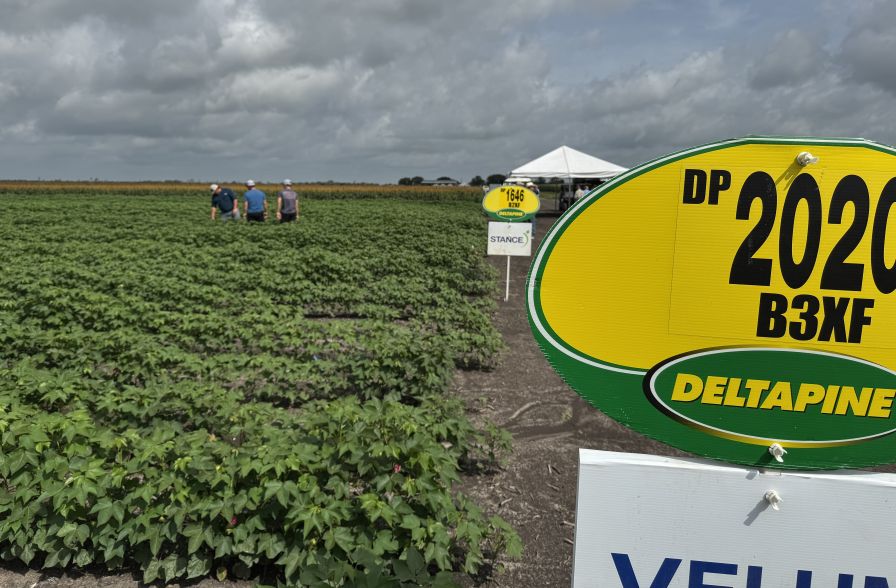Shurley: Weather Uncertainty Keeps Market Choppy, but Price Has Support
Years and years long ago, I was attending a conference in Ames, IA. It was 105 degrees in the middle of a drought. The corn market went down limit for the day. The reason? It rained in downtown Chicago.
Markets are sensitive to weather for sure, but sometimes price movements fail to reflect reality. Daily and even weekly rainfall means little within the scope of a full season.
This year’s cotton crop has a long road ahead. Rainfall in May – any rainfall – certainly helps if it is needed but doesn’t solve the drought issue that some growing areas are facing. Prices will closer reflect reality as the season progresses.
New crop December futures is hovering in the 83 cents area. Over the past several weeks, we’ve been as high as near 87 and as low as near 81. So, it seems 83 is the current “sweet spot” – but, as always, this is subject to change.
December has slowly recovered from the recent low near 81, but it’s been a choppy ride. December closed May 28 at 83.32 cents – up 10 points for the week but closing out the month of May down 174 points. Prices have closed at 83 and change for seven consecutive days.
Drought conditions have improved somewhat in some areas of Texas, while drought has increased in the Carolinas. Although not showing on the maps, I can tell you that some areas of the Georgia cotton area are very dry, and planting process has slowed until we get moisture. Here, and perhaps in other areas due to lack of moisture, planting delays are bumping up against the crop insurance full coverage deadline.
Export sales have been much better the past two weeks. Sales for the week ending May 20 were 189,400 bales. Shipments were 351,200 – down slightly from 363,700 bales the previous week.
With just over 10 reporting weeks remaining in the 2020 crop marketing year, shipments need to average 300,000 bales per week to reach USDA’s estimate for the year. If shipments top that pace, carry-in stocks going in to the 2021 marketing year will shrink and further tighten supply. This too could be supportive of price – especially depending on acreage and crop condition.
If I’m a producer, my objective is to hopefully average not less than 80 cents. There have been opportunities already to do better than this on whatever is considered a comfortable portion of expected production. Going forward, prices may range mostly from 78 to 86 cents. Continue to add sales to protect from the low end while leaving some production for higher, should that occur.









